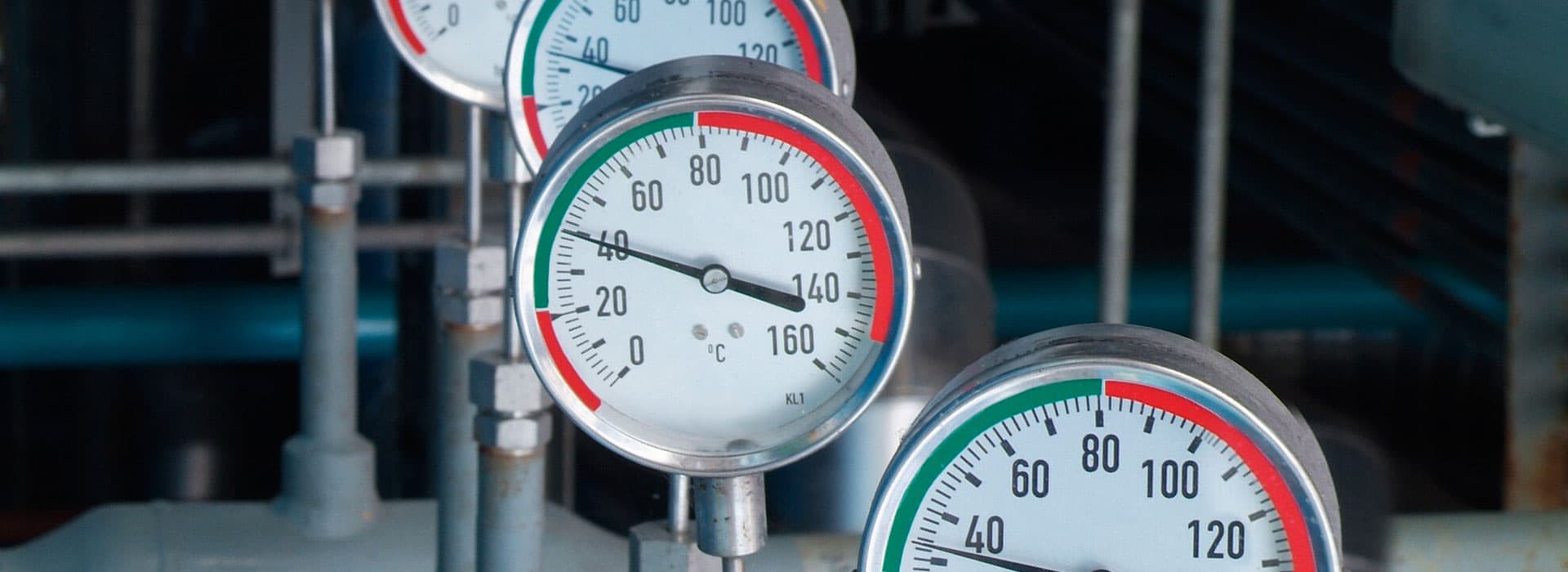How to calibrate thermometers and temperature probes

Temperature measurement in industrial environments covers a wide variety of needs and applications. It can be carried out using a range of temperature testing equipment, from thermometers to temperature probes (including surface probes). These instruments can come with many styles of wiring configurations including from thermistors, thermocouples and RTD/PRT.
No matter what type of temperature measuring equipment you have, it’s critical to have it calibrated. Why? Because temperature plays an important role in the production of many products, and in some situations even a slight variance in the required temperature can not only affect the quality of the product but can also compromise its safety.
The regular calibration of thermometers, temperature probes and thermocouples is essential to ensure they remain accurate. Despite a lack of official guidelines, the recommended frequency of calibrations is generally based on the amount of use the equipment receives and the operating environment it is used in. Usually this is stipulated within a business’s quality manual.
Temperature equipment may also require additional calibration if it’s dropped or knocked, if it goes between a wide variety of ambient temperatures (from freezing to boiling), or upon receipt of a new item, before it is put into service.
Which calibration method is right for me?
There are two methods which can be used to calibrate thermocouples, thermometers and temperature probes; tolerance testing and characterisation testing.
- Tolerance testing
Tolerance testing is the most common and easiest to perform method of calibration, especially within industrial applications. It’s usually reserved for lower accuracy instruments such as thermocouples and industrial RTD/PRTs.
Tolerance testing is carried out using a metrology well (also known as a dry block), where the temperature probe is inserted into pre-drilled holes within the well’s temperature block. Often the tested temperature probe is accompanied by a reference probe, which increases the accuracy of the calibration.
During the calibration, a minimum of three reference temperature readings are taken as standard, dependent on the temperature range of the equipment. These are taken as;
- One reading at just below the temperature range
- One reading at the middle of the temperature range
- One reading at just above the temperature range
For example, if a temperature probe is being used to measure between 20ᵒC and 70ᵒC, readings will be taken at 20ᵒC, 45ᵒC and 70ᵒC. These readings will be taken within the allowable deviations stipulated by the customer i.e. +/- 2ᵒC.
It is common that instruments with a larger temperature range are subject to a minimum of five reference temperature readings.
Readings are taken from the measured value as seen on the instrument under test as well as the values taken from the reference probe. An indication deviation will be worked out from these two values and applied to the Calibration Certificate.
2. Characterisation testing
Like tolerance testing, characterisation calibrations may also be performed in a metrology well or dry block. However, a more common method of characterisation testing is using fixed temperature standards and water baths as these have a higher accuracy than metrology wells. Unlike tolerance testing which takes a temperature reading, during a characterisation calibration, the resistance values of the temperature equipment under test is determined and the data is then fitted against pre-determined equations within the ITS-90 standard to determine the equivalent temperature.
Although characterisation testing provides more accurate results than tolerance testing, it is a far more complex procedure which is mainly reserved for high accuracy equipment such as Standard Platinum Resistant Thermometers (SPRT). As the procedure is far more complicated and takes longer than tolerance testing, it is a more expensive option. It is common in characterisation calibrations that if the temperature was to drift outside of the stipulated deviations then a process called ‘annealing’ would be used to bring the temperature probe back into its tolerance band. Annealing is a process in which the probe is heated to a specified temperature and then cooled at a slow and controlled rate.
What is ITS-90?
The International Temperature Scale of 1990 (ITS-90) is an equipment calibration standard for making measurements on the Kelvin and Celsius temperature scales.
If your business has thermocouples, thermometers or temperature probes requiring calibration, we can help! We calibrate many brands of temperature equipment to ITS-90 standards.